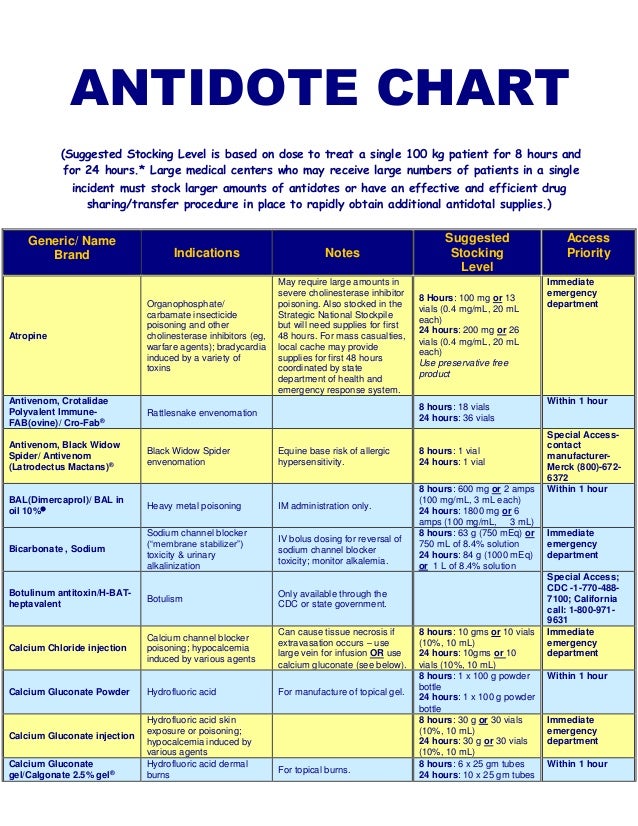
In more severe cases, coma may occur in combination with respiratory depression and severe hypotension.A severe fall in blood pressure or shock.To correct these symptoms, slow physostigmine can be administered, although this drug needs to be used cautiously as it can cause seizures. Anticholinergic side effects include dry mouth, constipation, difficulty urinating, and paralytic ileus, which refers to slowing of the peristaltic movement in the gut.This treatment can be repeated every 4 to 6 hours, if necessary. If the extrapyramidal side effects are causing the patient distress, oral lorazepam (0.5 mg to 1 mg) can be administered to relieve anxiety and upset as well as the extrapyramidal side effects. Oral or intramuscular biperiden may also need to be continued for several days or weeks. These symptoms can be treated using a slow intravenous (IV) injection of 5 mg biperiden injection, which can be repeated after a few hours if needed. The most prominent feature of haloperidol overdose is severe extrapyramidal reactions such as tremor, rigidity and an intense feeling of physical restlessness, referred to as akathisia.The symptoms seen in haloperidol overdose are generally exaggerations of the known drug effects and adverse reactions, which would include the following:


Overdose does not occur with depot injection, as this is administered by a healthcare professional who is trained to give the injection. Studies suggest that for haloperidol, the dose required for acute poisoning is relatively high compared to therapeutic doses. Ananya Mandal, MD Reviewed by Sally Robertson, B.Sc.


 0 kommentar(er)
0 kommentar(er)
